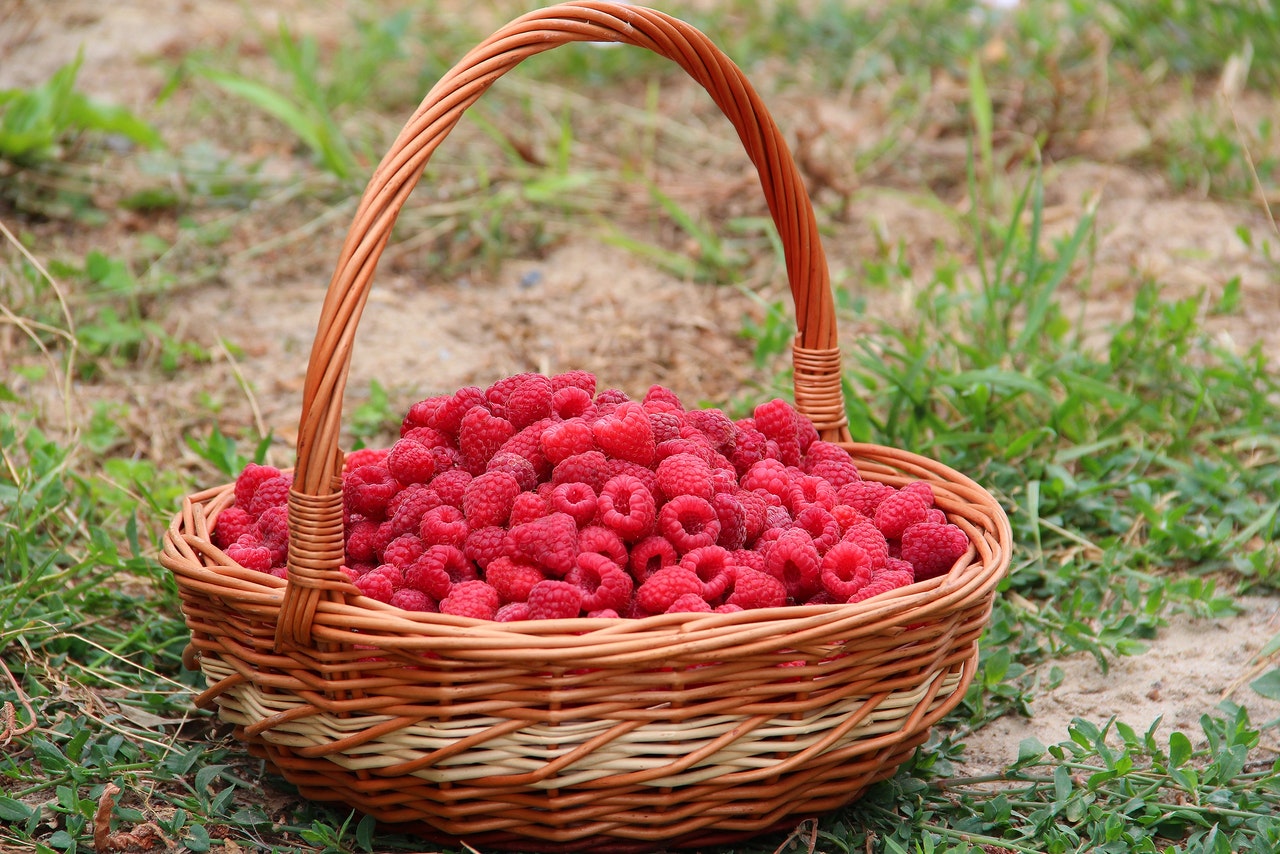The cultivation form and planting technique for raspberries begin with determining the rows, which conclude with setting up the support framework. The orientation of the rows is north-south. Each planting location for the bushes is determined using a stake for support. In strip planting or live hedge systems, a low thread is placed on the posts, spacing is measured within the row, and holes are dug slightly larger than the root diameter.
Timing and Technique of Raspberry Planting
Planting is recommended in the fall. The seedlings are positioned at the planting site. Seedlings are prepared by slightly shortening the root (renewing the cut on the broken root) and soaking them in a diluted mixture of clay and manure. The planting depth should be 3 to 5 cm deeper than in the nursery. During planting, care must be taken not to damage the buds, especially if planting in the spring. Finely crushed soil is applied around the seedling roots to prevent air pockets around the roots, which are then pressed down after planting to ensure better contact between the roots and soil.
After planting, fertilizer is placed in the rows and immediately covered with soil. The next step is to shorten the seedlings to three well-developed buds, which corresponds to a height of 15 to 25 cm.
Raspberry Cultivation Form
| Cultivation Form | Row Spacing (RuR, m) | Interrow Spacing (Mur, m) | Plants per Ha |
|---|---|---|---|
| Square Planting | 3 x 3 | 1.1 x 1.5 | 4,442 |
| Rectangular Planting | 3 x 1.5 | 2.2 x 2.5 | 4,000 |
| Strip | 3 x 0.5 | 6.6 x 2.5 | 3,333 |
| Live Hedge | 3 x 0.5 | 6.6 x 2.5 | 8,000 |
RuR – Row spacing Mur – Interrow spacing
Ecological Conditions for Raspberry Cultivation
A climate with cool summers and winters that are not too harsh is ideal for raspberries. Raspberries do not have special heat requirements. Sudden changes in spring temperatures can damage the shoots, while late spring frosts rarely cause damage as raspberries bloom only in mid-May.
They benefit from moisture, especially if precipitation is well-distributed throughout the growing season. They do not tolerate drought or low relative humidity. Raspberries have high light requirements and should not be grown as an understory crop.
Regarding altitude, they thrive best at 400-800 m. Proper ventilation should be ensured, as with other fruit crops. Raspberries prefer acidic soils and do not tolerate carbonate or subalkaline soils. Soil preparation is necessary before planting.













































